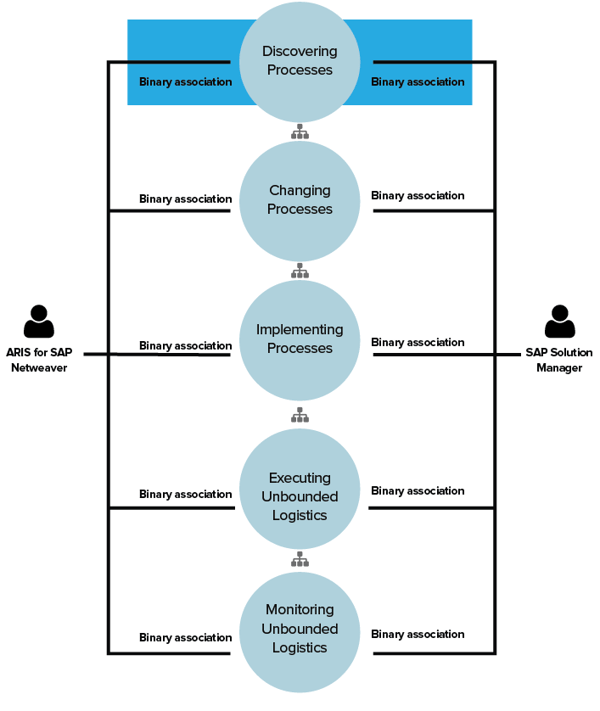We all agree it is important to monitor, track and report on the ‘common theme’ that runs through IT projects – such as implementing or developing a new system from initiation stage to rollout and implementation phase. In this article, we discuss how the requirements and artefacts – use cases, functional specifications, technical specifications and prototypes – can be managed effectively during the project’s life cycle.
The concept of monitoring these artefacts from ‘cradle to grave’ (inception to implementation), leads to a myriad of questions:
- Is it possible to manage all these documents, spreadsheets, artefacts, and deliverables in a central place?
- How can we follow the ‘common theme’ from use case to functional specification to technical specification?
- How can we track, monitor and manage them in a central repository?
- How do we version, minor and major, and track changes?
- How can we re-use these and make them available to other projects?
- How do we ensure ‘a single version of the truth’?
- How do we re-use architectural artefacts (organisational structures, application systems, etc.)?
- How can we manage central libraries of governance, risk, requirements and controls?
- Is there the ability to govern access to this information?
The Project Management monster and its artefacts!
During an IT project’s life cycle, numerous tasks and activities are facilitated and managed. These may include, but are not limited to:
- Management approval, which is obtained by signing off on business cases, as well as functional and technical
- Business and technical
- Design review – by validating the wireframes (ARIS/OBPA screen navigation and screen design diagrams).
- Software development and programming – the system/user interaction and expected sequence result are further annotated in UML activity
- Documentation and training – user and
Risk is mitigated by maintaining complete records of project activities in a central repository, and providing a periodic review of project activities and artefacts.
Bringing it all together
These project requirements can successfully be hosted in tools such as ARIS.
From the UML Use Case diagram:

This illustrates the processes and represents the business system under analysis. The UML Use Case diagram defines the scope of the project, and is the root of the functional decomposition at the conceptual level of detail.




